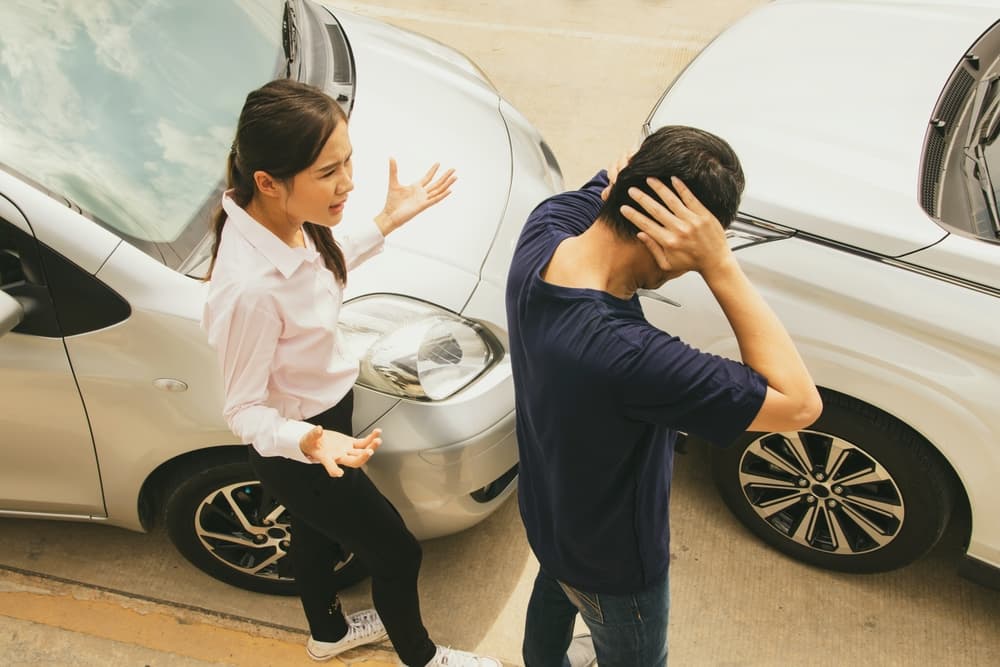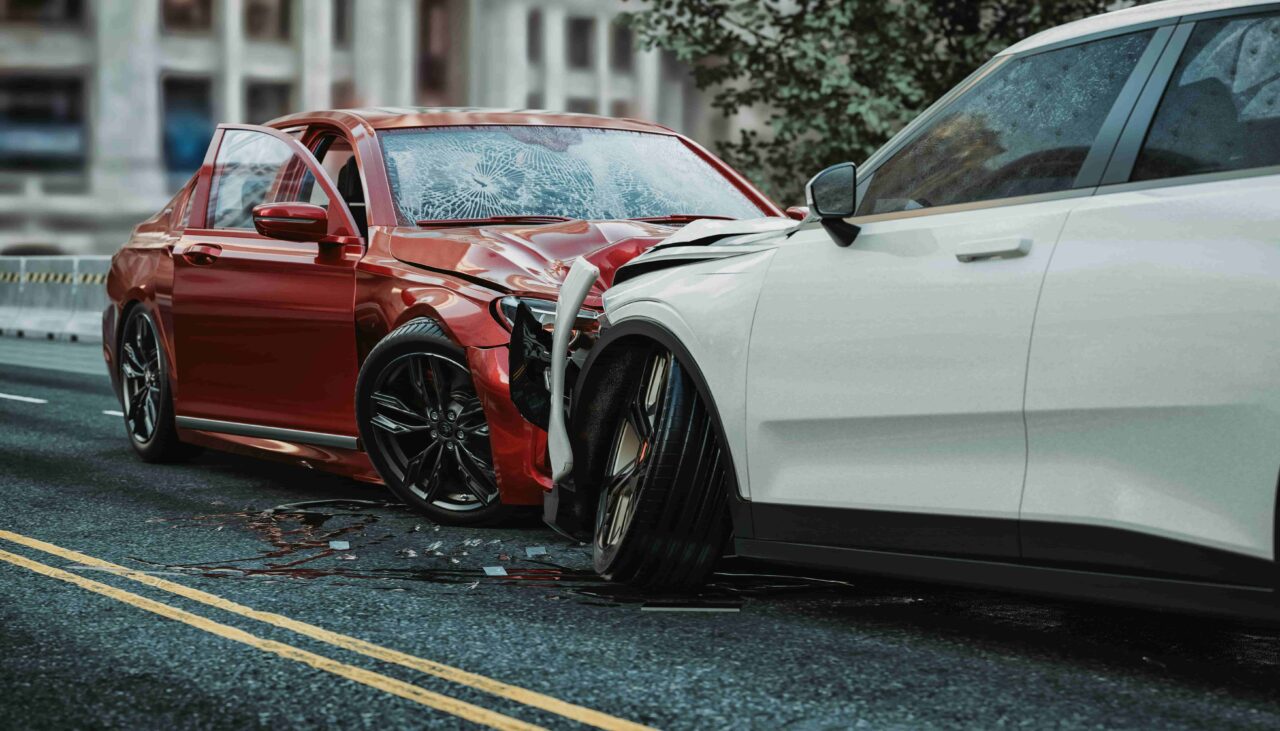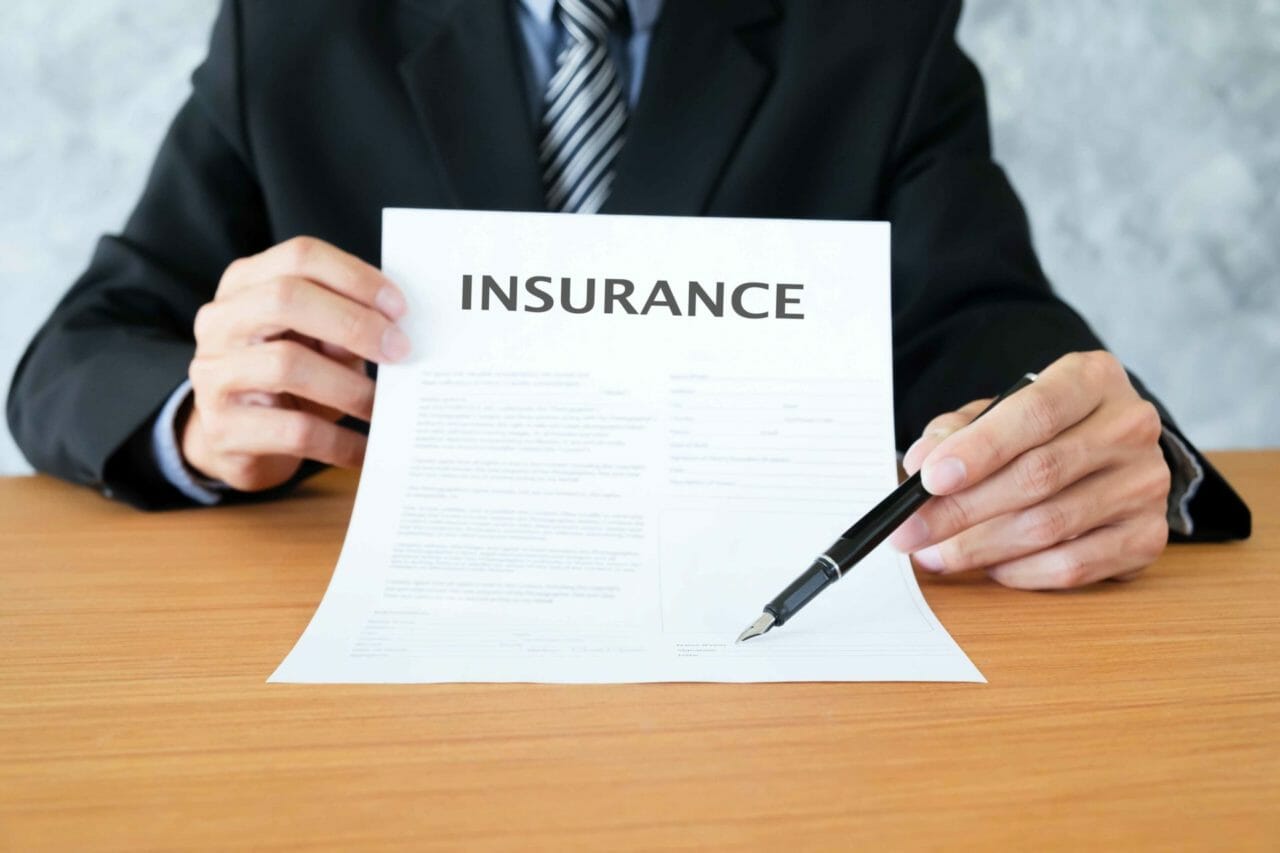In Texas, being partly to blame for a car accident does not automatically prevent you from recovering money for your injuries and damages. You may believe that any mistake, no matter how small, means you are responsible for your own medical bills, lost wages, and vehicle repairs, even if the other driver was clearly more responsible. The other driver’s insurance company may encourage this line of thinking, hoping to use your share of the blame to minimize your claim
However, Texas law anticipates these complex situations. The state follows a legal rule called "proportionate responsibility," also called the "51% Bar Rule." This principle is designed to produce a fair outcome when fault is shared. As long as your share of the responsibility is determined to be 50% or less, you are eligible to seek compensation.
If you have questions about your accident and how shared fault might affect your claim, call AP Law Group for a straightforward conversation about your situation at (713) 913-4627.
The 51% Rule: How Texas Law Views Shared Responsibility
Texas law outlines a specific type of "modified comparative negligence," which is a legal concept that adjusts the financial recovery of damages based on each person's percentage of fault.
Think of the total blame for the accident as a pie chart that adds up to 100%. They assign a percentage to each person involved based on a careful review of the evidence. Your final compensation is then directly tied to the size of your slice.
However, if you are found to be more than 51% at fault, you cannot recover any damages. The other driver’s insurance company has a powerful financial incentive to shift as much blame as possible onto you. Their investigation will be focused on finding any piece of evidence that pushes your percentage of fault over that 51% threshold, potentially saving them hundreds of thousands of dollars.
How Is a Percentage of Fault Actually Decided?

Insurance adjusters, and if necessary, lawyers and courts, look at a wide range of information to reconstruct the moments leading up to the collision.
Our firm focuses on gathering and analyzing this same evidence to build a strong, fact-based narrative of what truly happened. An independent investigation is important to ensure that your side of the story is fully represented. This process typically involves examining:
- Physical Evidence from the Scene: This includes the length and direction of skid marks, the location and severity of vehicle damage, the spread of debris, and the condition of the road.
- Electronic Data: Many modern vehicles are equipped with an Event Data Recorder (EDR), also called a "black box." This device provides objective data on speed, braking, and steering inputs in the seconds before impact.
- Witness Statements: Independent witnesses who saw the accident offer an objective account that may counter the other driver's version of events.
- Traffic Laws: A core part of the analysis involves determining which driver had the legal right-of-way. We examine whether anyone committed a traffic violation, such as running a red light, making an illegal U-turn, or failing to yield.
- Police Reports: While an officer’s report is not the final word, it provides a valuable starting point by documenting initial observations, measurements, and any citations issued.
- Surveillance Footage: Video evidence from nearby businesses, traffic cameras, or even residential doorbell cameras is incredibly powerful, providing an indisputable record of the event.
In a dense urban area like Houston, with its countless intersections and heavy commercial traffic, evidence from sources like METRO bus cameras or red-light cameras sometimes plays a role in piecing together the timeline of a complex accident.
Common Scenarios Where You Might Think You're At Fault (But Still Have a Case)

Fault is rarely an all-or-nothing proposition. Here are a few common scenarios where you might think you are entirely to blame but may still have a valid claim for compensation.
"I was speeding."
While speeding is never advisable and contributes to an accident, it does not automatically erase the negligence of another driver. If the other driver ran a stop sign and pulled out directly in front of you, their failure to yield was likely the primary and most direct cause of the crash. Your speed might be found to have contributed a small percentage to the severity of the impact, but it doesn't give the other driver a free pass for their more dangerous action.
"I was distracted for a second."
The law recognizes a difference between a momentary lapse of attention and reckless behavior like prolonged texting. A study from the National Highway Traffic Safety Administration (NHTSA) found that driver recognition errors, including inattention, were a key reason in a large percentage of crashes. If another driver made a sudden, illegal maneuver without signaling, their recklessness will be weighed against your brief distraction to determine how the blame should be shared.
"I was in a rear-end collision, but the other driver slammed on their brakes."
There is a common misconception that the driver in the rear is always at fault in a rear-end collision. This is not always true.
If the driver in front of you braked suddenly and without reason—an aggressive act sometimes called a "brake check"—they could be held partially or even primarily responsible. Similarly, if their brake lights were not functioning properly, you would have no way of knowing their intention to stop, which could shift a significant portion of the blame to them.
"I was changing lanes."
Even if you were the one maneuvering between lanes, the other drivers on the road still have a duty to operate their vehicles safely. If another driver suddenly sped up to block you from merging, or if they were positioned in your blind spot because they were driving erratically, they may share in the responsibility for the collision.
What Not to Do When You Share Blame for an Accident
In the days and weeks after an accident, you will be faced with a series of decisions that have a lasting impact on the outcome of your claim. When you believe you might be partially at fault, it is even more important to be mindful of your actions. What you say and do could be used by the other driver's insurance company to increase your percentage of blame.
Don’t:
- Give a recorded statement to the other driver's insurance company without first consulting a car accident attorney.
- Apologize or admit fault to anyone—not the other driver, not witnesses at the scene, and especially not an insurance adjuster
- Post details or photos of the accident on social media
- Delay seeking medical attention for your injuries
What You Should Do Instead:
- Understand that the adjuster's questions are designed to get you to make admissions that will be used against you. You have the right to politely decline their request and inform them that your legal representative will provide any necessary information on your behalf.
- Stick to the objective facts of what you saw and what you did. A simple phrase like "I'm so sorry" is misinterpreted as a legal admission of guilt, even if you were just expressing natural human empathy in a stressful situation.
- Keep the details of your accident and your recovery private. A comment or a picture that you intend to be a simple update for friends and family could be taken out of context. An insurer might use it to argue that you were not as injured as you claim or that you were admitting fault for the crash.
- Keep the details of your accident and your recovery private. A comment or a picture that you intend to be a simple update for friends and family could be taken out of context. An insurer might use it to argue that you were not as injured as you claim or that you were admitting fault for the crash.
- See a doctor as soon as possible after the accident, even if you only feel minor pain or stiffness. Delaying treatment gives an insurance company an opening to argue that your injuries were not caused by the accident or that you made them worse by not seeking prompt care.
Should I Check My Own Insurance Coverage After a Shared-Fault Accident?

Yes. Even if you're partly at fault, or unsure who’s to blame, it’s worth taking a closer look at your own auto insurance policy. You may have coverage that kicks in no matter what the final fault determination is.
Here’s what to look for:
Personal Injury Protection (PIP):
PIP is optional in Texas, but many drivers carry it without even realizing it. This coverage helps pay for medical bills, lost wages, and essential services like childcare while you're recovering. It applies regardless of who caused the accident. If you’re waiting on a liability investigation or settlement, PIP can help bridge that financial gap.
Medical Payments Coverage (MedPay)
Like PIP, MedPay covers medical expenses related to your injuries. The key difference: it doesn't cover lost wages or replacement services. Still, it can be a lifeline if you need help paying for ambulance rides, emergency room bills, or follow-up visits. Again, fault does not matter; it pays out based on your injury, not the blame game.
Uninsured/Underinsured Motorist Coverage (UM/UIM):
This comes into play if the other driver doesn’t have enough insurance (or any at all) to cover your damages. If you're in a shared-fault scenario and the other driver is primarily to blame but lacks sufficient coverage, your UM/UIM policy could make up the difference.
Collision Coverage:
This pays for damage to your own vehicle, no matter who caused the accident. It’s especially useful in disputed-fault situations where the other insurer is delaying payment or denying liability.
How Do I Know What I Have?
Pull out your “Declarations Page”—the document that lists your policy coverages and limits. It’ll tell you exactly what you’re paying for. If something’s unclear, your insurer’s customer service line must explain it.
Frequently Asked Questions About Shared Fault Accidents in Texas
Does the police report's finding of fault determine the outcome of my case?
No. A police report is an officer's opinion based on the limited evidence available at the scene. It is a valuable piece of evidence, but it is not the final word. We frequently handle cases where the final fault determination is different from what was initially written in the police report after a more thorough investigation.
What if both I and the other driver were ticketed?
This is a clear indicator of shared fault. It does not prevent you from filing a claim, but it does mean that a very careful analysis of each driver's actions will be required to determine the correct percentages of responsibility. The type of citation issued to each driver also plays a role in this analysis.
Will my insurance rates go up if I file a claim where I'm partially at fault?
This depends on the terms of your specific insurance policy and the details of the accident. However, any potential increase in your premium is almost always minor when compared to the overwhelming cost of uncovered medical bills, vehicle repairs, and lost income from a serious injury.
How long do I have to file a personal injury claim in Texas?
In Texas, the statute of limitations for most personal injury claims is generally two years from the date of the accident. You must begin the process well before this deadline expires, as building a strong case takes time.
Secure Your Right to a Fair Recovery
You may feel uncertain because you think you made a mistake, but that feeling does not erase your rights. The law in Texas is designed to be fair, not to punish drivers for being human.
We handle cases for people across Houston and the surrounding communities. We understand the challenges you face after a serious crash on our busy roads. Let us help you understand your options and protect your right to a fair recovery.
Call AP Law Group today at (713) 913-4627.